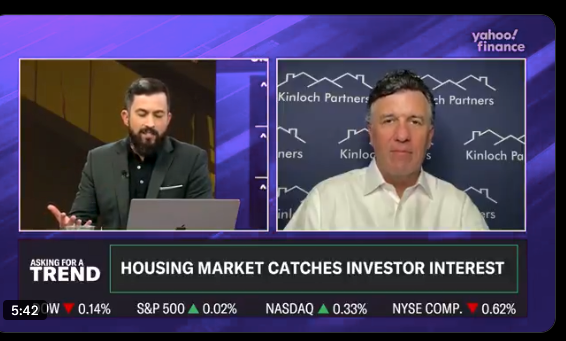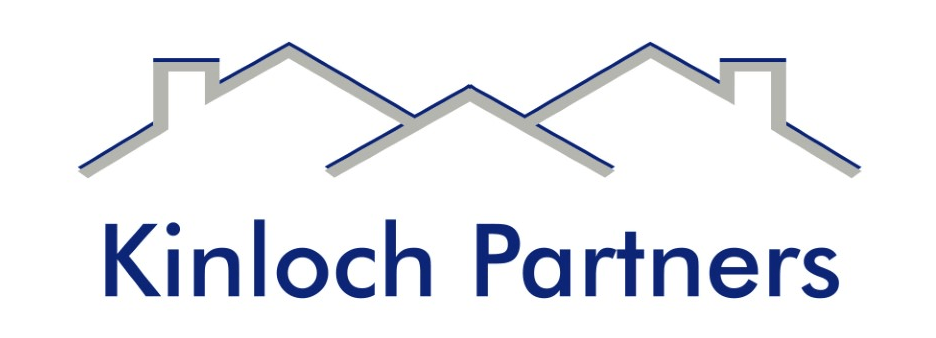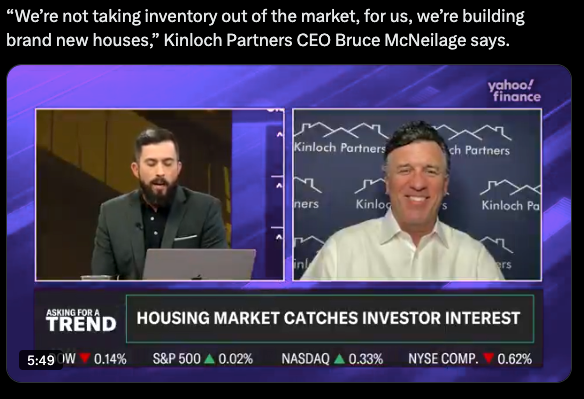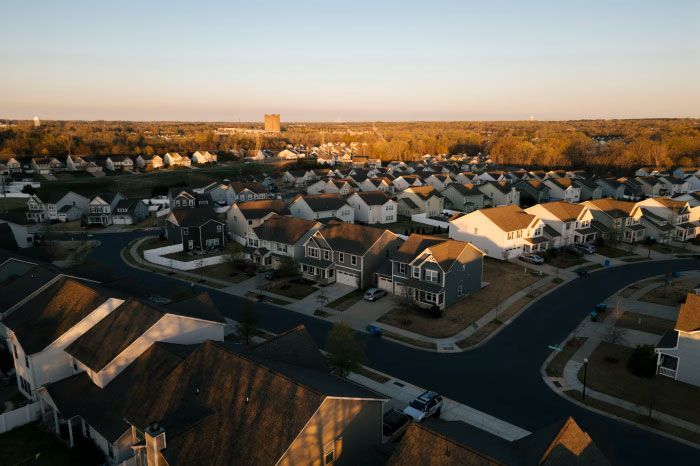Big Rewards – Top Fix & Flip Markets in the US
Original Story: https://www.linkedin.com/pulse/big-rewards-top-fix-flip-markets-us-michelle-suiter
 Residential real estate investing can be a lucrative business for those who master the tricks of the trade. In fact, savvy investors are often capable of doubling their investments within months, rather than years, through activities such as house flipping. It takes determination, preparation, hard work, experience, a bit of luck and savings, but house flipping is one of the most prolific ways to generate early returns on real estate investment. On the flip side – no pun intended – inadequate preparation, poor execution and careless mistakes can be very costly, and lead to substantial financial loss.
Residential real estate investing can be a lucrative business for those who master the tricks of the trade. In fact, savvy investors are often capable of doubling their investments within months, rather than years, through activities such as house flipping. It takes determination, preparation, hard work, experience, a bit of luck and savings, but house flipping is one of the most prolific ways to generate early returns on real estate investment. On the flip side – no pun intended – inadequate preparation, poor execution and careless mistakes can be very costly, and lead to substantial financial loss.
Don’t forget the risks
Because of its potential and surrounding hype, flipping property for profit has become somewhat of a high stakes game for real estate professionals – one in which more and more players are getting involved. Yet, even though it appears simple and promising, the process can be very expensive, time-consuming and complex, requiring keen insight into the ever-changing housing market. When home prices are on the rise, like it is now, it can be generally easier to make a profit. But how do investors determine the right markets and the right price points to achieve their targeted return on investment? How can they factor in the various repair costs and timelines? Their fix-and-flip business is mainly driven by buying a dilapidated or damaged house at a low price, fixing it up, making it more desirable, and putting it back on the market at a much higher price point.
Daren Blomquist, Vice President of RealtyTrac, shared some insight stating that, “The best window of opportunity [for home flippers] is when a market is about to bottom out.” When the market becomes favorable, many people would have successfully doubled or tripled their investments.
“Doing this in a city where there is high demand for housing reduces days on the market and when there is appreciation at the same time it means their investment is going up in value as they make improvements to it,” explained Linda Craft, CEO of Linda Craft & Team Realtors. This is why certain cities are better suited for house flipping as compared to others.
Ready to take a flipping leap?
Experts note that the most important place to start is market research – the state of the real estate market in the city or area in which you would like to invest.
You may be naturally inclined to look for properties in your hometown, given its familiarity, but it is important to keep in mind that the area where you reside may not be as lucrative as the neighbouring city. For example, if you look up El Paso, Texas, you may find that it sits at number 3 on the house flipping chart , but Brownsville, Texas is much further down the list at number 26. Arlington, Texas is even further down at number 46. This just shows that you need to do your research as thoroughly as possible if you want to make the profit you intend to make when you sell your newly renovated flip.
Experts have also noted that you should not buy on impulse. Just because an old house may be available for about the same cost as a brand new car does not mean that it will be sellable or profitable in the long run. Study your markets, check your own finances, and make sure that you read up on residential real estate investing tips and trends as much as you can.
Where are the top fix-and-flip markets?
According to WalletHub, there are certain localities and cities that are highly profitable for house flipping. Using over 19 key metrics and market indicators, a list of the top 150 most profitable markets for real estate flipping was formed. I looked into a few of the markets they mentioned and wanted to share some interesting highlights:
Pittsburg, PA
At the rate of 129.5%, Pittsburg has the highest returns on investment (ROI) and is one of the few markets that is allowing home owners to easily double their investments. Since 2005, sales of all homes have increased by 19%.
New Orleans, LA
After Hurricane Katrina, real estate in New Orleans was most definitely suffering, hitting a rock bottom by 2005. Flash forward to 2016, with a return on investment (ROI) rate of 99.2%, New Orleans also offers one of the highest returns on investment for house flippers as well.
Philadelphia, PA
Home flippers have a field day with being able to purchase homes at pocket friendly rates, enjoying discounts of up to 44.7% on the price. Buyers are also purchasing houses with premiums of up to 5%. With a return on investment (ROI) rate of 98.4%, Philadelphia enables house flippers to double their investments with ease.
Cincinnati, OH
House flippers also get to enjoy large discounts on property in Cincinnati. Compared to Philadelphia, most real estate is available with a 46% discount on the total price. With loads of affordable property, house flippers in Cincinnati, enjoy a return on investment (ROI) rate of 89.7% and extremely low risks.
If done right, flipping houses can yield large profits. Pay close attention to the market demand and the time period it takes to flip a house. It is essential to know the numbers and calculate the value of the house, make room for repair cost and place yourself in the best possible position to earn big rewards for your high risk.
